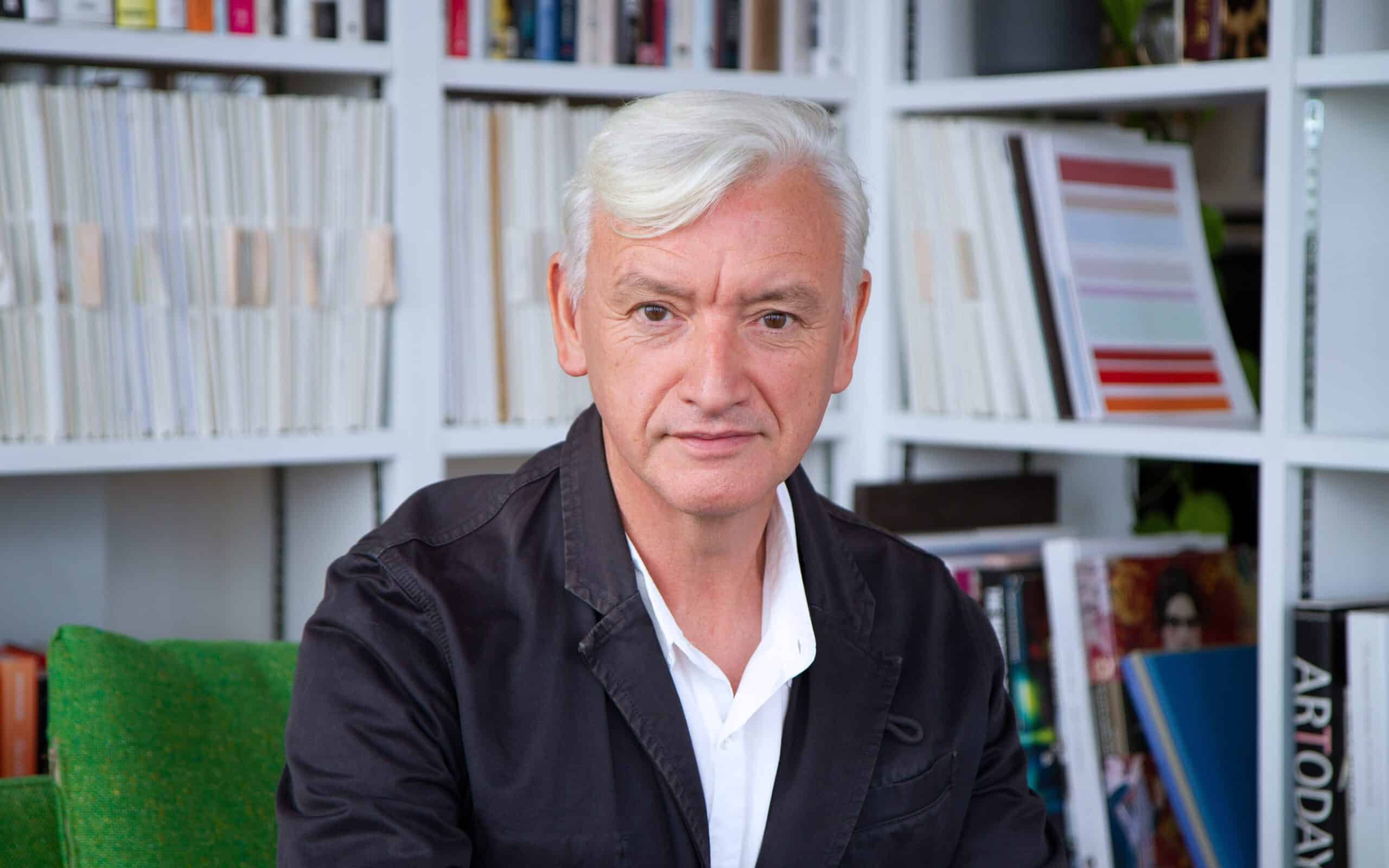Neurodiversity in Office Design: Definition and importance
What is Neurodiversity in Office Design
Neurodiversity in Office Design refers to differences in people’s learning, attention, mood, and other mental functions in the working environment. Modern office environments can be strenuous for many people, and the noise of an open-plan office can be disruptive. It can be a significant obstacle for neurodivergent conditions like dyslexia, autism and ADHD.
Organisations are increasingly designing workplaces that offer a range of different environments. This enables individuals to choose where and how to work. Examining health, wellness, and inclusivity is essential to developing productive, innovative, and welcoming environments for neurodiverse workforces. Office designers are taking another step forward to create environments for the broad neurodivergent spectrum.
What are neurodiverse teams, and how to unleash their potential?
Neurodivergent individuals are over or under-stimulated by elements of their environment. This can be smells, lighting, noise, texture, and temperature. Consequently, background noise and bright lighting can be common issues.
Approximately 15-20% of people are neurodivergent, i.e., have one of a collection of conditions, including autism spectrum disorder, attention deficit hyperactivity disorder, and dyslexia.
A report conducted by HOK’s WorkPlace Group indicates that while neurodivergent employees can bring distinct talents like creative storytelling, coding, and pattern recognition, they can find it challenging to excel under current workplace conditions. Martin Raymond, the co-founder of The Future Laboratory, agrees. However, Raymond considers that organisations must go one step further than just developing “beautiful” environments by applying Neurodiversity in Office Design.
For example, it is estimated that 20% of UK entrepreneurs have dyslexia. Like them, many other individuals with autism, ADHD, or epilepsy could find these differences are an asset if workplaces embrace neurodiversity.

How to Apply Neurodiversity in Office Design
HOK’s report indicates that organisations can apply Neurodiversity in Office Design to embrace all employees. This is possible when considering developing significant spaces with familiar elements to encourage a sense of order.
Employees can select the most suitable environment for their task or mood by providing a wide array of areas. This includes shared open spaces, enclosed spaces for concentrated work, phone and meeting spaces, and quiet lounge seating.
At Walls to Workstations, we recognise how noise, overly strong visual patterns, unnecessary bright lights, and busy open-plan areas affect neurodivergent employees. In the future, we expect a move to increased closed spaces, noise-cancelling materials, quiet zones, and focused work areas. This will make the workplace more productive and welcoming for neurodivergent employees.
How to set the path for Neurodiversity in Office Design
With a broad selection of workspace options high on the agenda, the capacity to adapt environments to suit employees’ preferred working process is expected. It’s crucial to consider this in workspace design. Furniture in workplaces has to become more adaptable. Free-standing meeting tables, project tables, desks, and pods can be combined to develop a variety of mixed spaces. This way, individuals can select where best suits them to carry out their tasks.
A workplace that applies Neurodiversity in Office Design provides organisations unique competitive advantages. This will result in higher levels of employee comfort and productivity. It will also mean further enhancing an organisation’s ability to recruit and retain talent.
Many organisations are motivated to develop versatile environments centred on the individual. There is no better time to bring neurodiversity to the forefront of office design. Companies can create workplaces to enable people to prosper and reach their full potential.
Let's continue the conversation
Get in touch and schedule a consultation with our frontline specialists
Take me there
